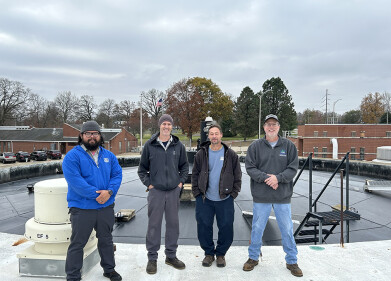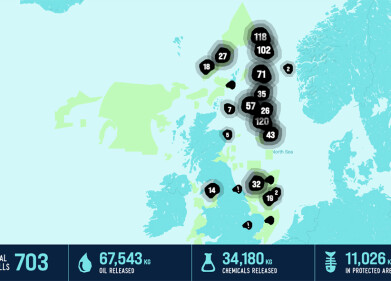Water/Wastewater
Can a Robotic Eel Clean Up Rivers?
Aug 22 2017
Scientists from the École Polytechnique Fédérale de Lausanne (EPFL) in Switzerland have struck upon a novel method of detecting dangerous levels of pollution in streams, rivers, lakes and reservoirs – a robotic eel.
With a modular design, the eel has a central processing unit in its head which coordinates all of the movements of its body. Each individual module is fitted with a motor and a unique sensor, capable of monitoring amounts of a specific contaminant in water and wirelessly transmitting the information it gathers in real time.
An ingenious alternative
Traditionally, water quality samples have been gathered by hand. This represents an arduous and time-consuming task, which simultaneously does not represent a very comprehensive picture of the overall water quality. Due to the time and location constraints of manual sampling, the water can only really be verified at specific locations.
For this reason, the uses and benefits of low cost water sensors have been well publicised for years. However, even these modern innovations are limited; since they remain in a fixed location, they can’t provide an overview of water quality up and down the stream, lake or other body of water.
That’s where the eel comes in. “There are many advantages to using swimming robots. They can take measurements and send us data in real-time – much faster than if we had measurement stations set up around the lake,” explained Auke Ijspeert, chief of the bio-robotics laboratory at EPFL. “And compared with conventional propeller-driven underwater robots, they are less likely to get stuck in algae or branches as they move around. What’s more, they produce less of a wake, so they don’t disperse pollutants as much.”
Nature and science working in tandem
The eels use a mixture of naturally occurring bacteria, fish cells and tiny crustaceans, along with traditional electronic sensors, to gather their data. While the sensors are capable of monitoring the conductivity and temperature of the water, the biological components can measure toxicity.
For example, the bacteria are incredibly susceptible to mercury; even low concentrations of the contaminant will make them glow. By placing luminometers next to the bacteria, the scientists can ascertain how much mercury is present in the water.
Similarly, the fish cells are artificially harvested directly onto a set of electrodes; if there are toxins present in the water, they will naturally move apart, thus breaking the chain of electrodes and interrupting the flow. The Daphnia crustaceans, meanwhile, are capable of giving away tell-tale signs regarding the toxicity of the water due to their movements.
The future of water protection?
Up until now, the robotic eel has only been tested in laboratory conditions. However, the EPFL team are keen to let it loose and see what it can do in real bodies of water in the imminent future. With the ability to add or remove extra modules based on the specific needs of the water in question, it’s a very adaptable option in water quality monitoring.
What’s more, the artificial intelligence implanted in the eel could even allow it to actively seek out the source of pollution. By manipulating its components to seek areas of water with higher concentrations of contamination and move in their direction, the eel could not only quantify pollution levels in the wake of an accident, but also pinpoint with precision the exact source of the spillage or leak.
As such, they represent perhaps one of the best ways to clean up flooded lakes and reservoirs in the world of tomorrow. They’re still at the drawing board stage now – but eels grow so fast these days, so watch this space.
Events
Apr 15 2025 Moscow, Russia
Apr 21 2025 Shanghai, China
May 11 2025 Vienna, Austria
May 18 2025 Algiers, Algeria
23rd International Water Management Exhibition
May 20 2025 Prague, Czech Republic














